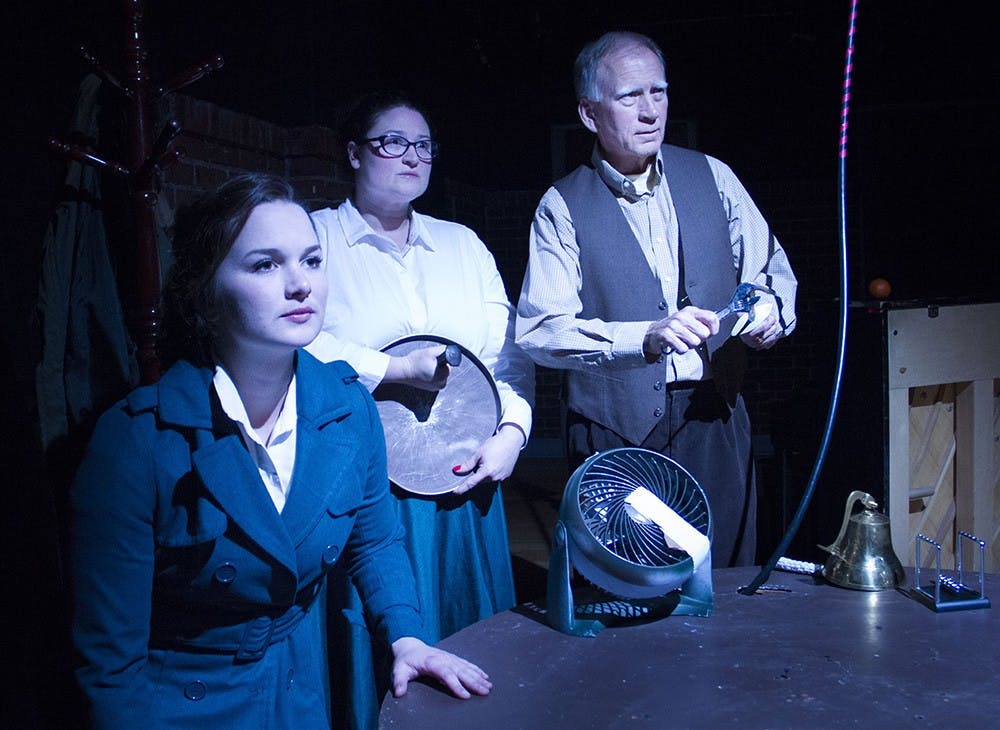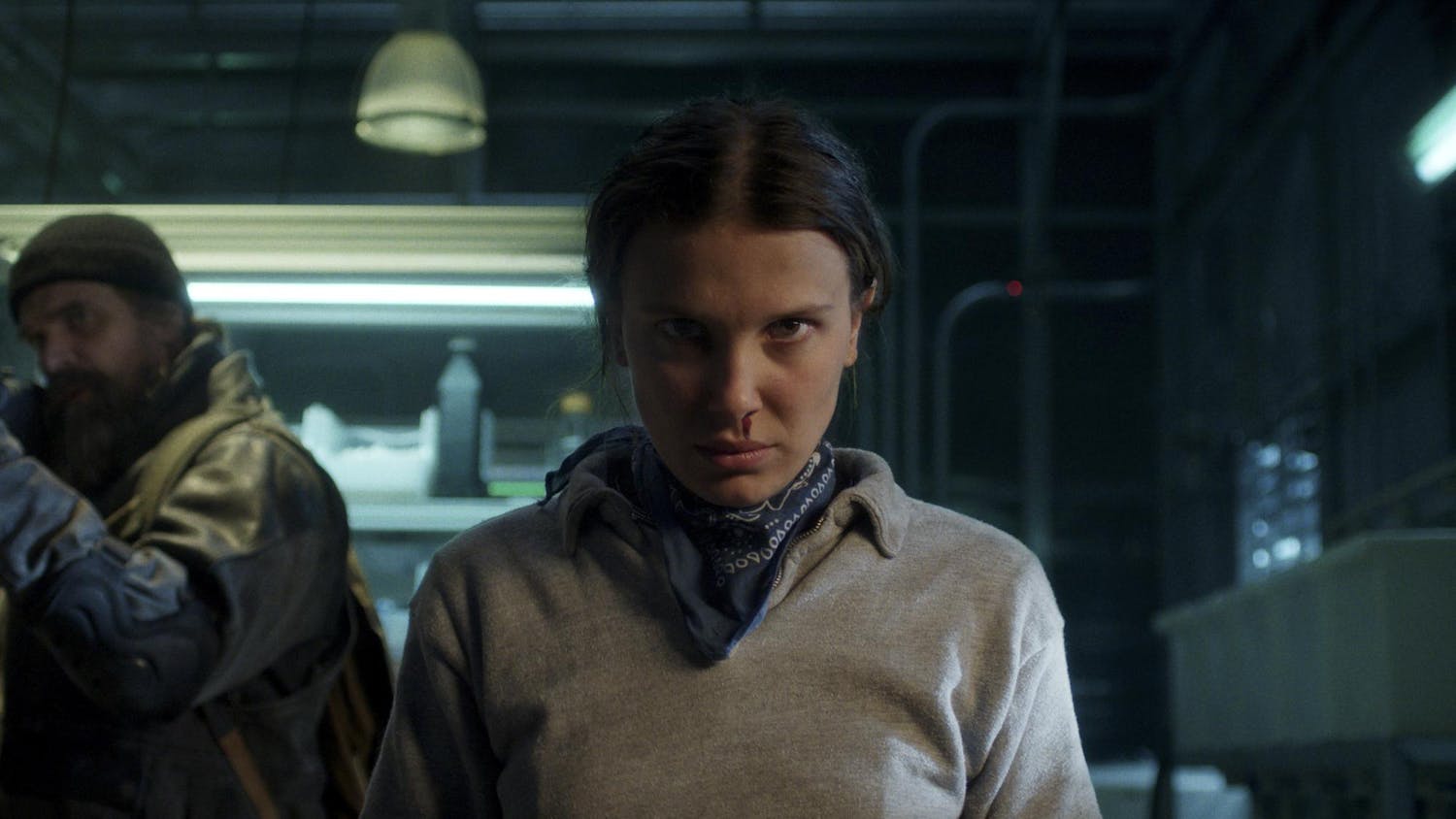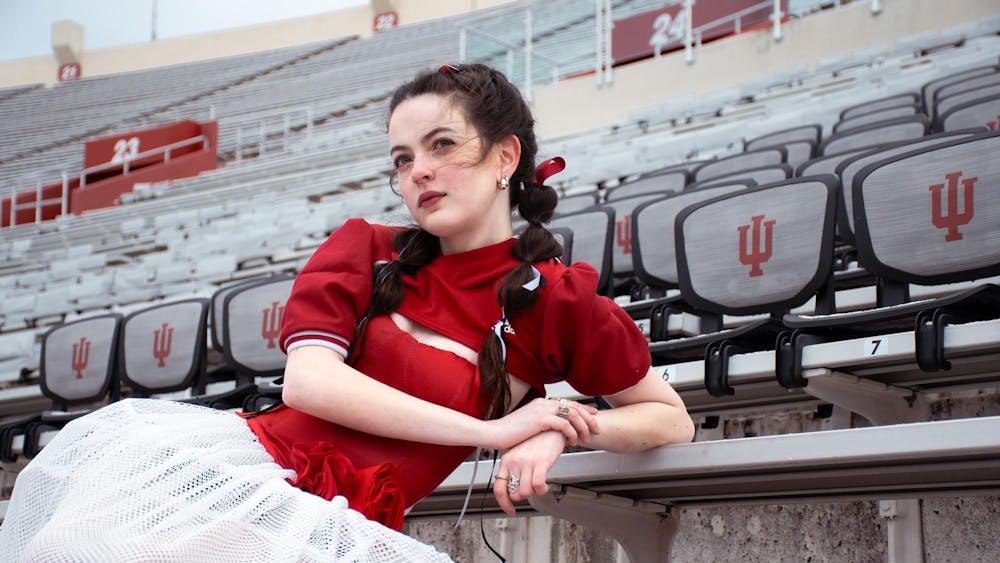From the radio to the stage, "The War of the Worlds" — the infamous broadcast from 1938 — takes on a frightening new form. On Aug. 18 and 19, H. G. Welles' one-time radio show is coming to the Ivy Tech John Waldron Arts Center.
The stage production exists in three different worlds: the radio broadcasters, the panicked people listening to the the broadcast and the actors behind the broadcast.
For artistic director Paul Daily, who plays Orson Welles, engaging the audience’s imagination is the primary goal.
“These multiple worlds we’ve been creating are really simple when you watch it, yet such a complex idea that our minds just readily accept and go with,” Daily said.
A central part of the production of the staged radio show is the sound design, he said.
“What becomes really exciting is when the audience accepts an item as something else,” Daily said. “A bed sheet becomes a sail on a boat. This show has been filled with those kind of moments.”
The show uses the Foley technique to create realistic sounds from everyday objects, as the original broadcast did. For the cast and designers, this was another challenge in moving “The War of the Worlds” to the stage.
“Partially, the sounds were discovered by actors playing around with items," Daily said. "Partially, it was taught by the sound designer. It was great to just be a kid again and play around with stuff.”
There was an aspect of trial and error to getting realistic sounds.
“I’ve never worked with Foley before,” Jonathan Golembiecki, the director of the show, said. “We’d say, ‘No, I don’t like this,’ so we’d try a different object.”
“The War of the Worlds” was known for creating panic among its listeners in 1938, many of whom found the sound and narration so realistic that they believed the martian invasion was actually happening.
“There were people who heard the broadcast and certainly thought something was happening, especially with the rise of Nazi Germany,” Golembiecki said. “They thought it was chemical warfare by the Germans using code language.”
“When misinformation destroys democracy” is the tagline for “The War of the Worlds.” For Daily, the concept of misinformation is crucial to how the play bears weight in the modern world.
“One of the core tenets of democracy is that you have an educated populace,” Daily said. “I want people to think about ‘What information am I believing? Where am I getting it?’”
For Golembiecki and Daily, that cultural significance is relevant today.
“Orson Welles' final speech in the piece makes a point of saying ‘Remember the terrible lesson you learned here tonight!’” Daily said. “We're dependent on an educated population with good information and facts, and when we're dealing with anything else, we're destroying democracy."
Another theme of “The War of the Worlds” is fear and how to avoid giving in to it, Golembiecki said.
“We like to demonize the other side no matter what side we’re on, but I think it’s more challenging to see how people could respond to messages they find frightening,” Golembiecki said. “When people overreact to fear, that’s when things can get off the wheels.”
Running just over an hour, “The War of the Worlds” is a fun night of theater, Daily said.
“For anyone coming, they’re going to have a fun time hearing the story play out and have a bit of a scare while they’re doing it,” he said.






